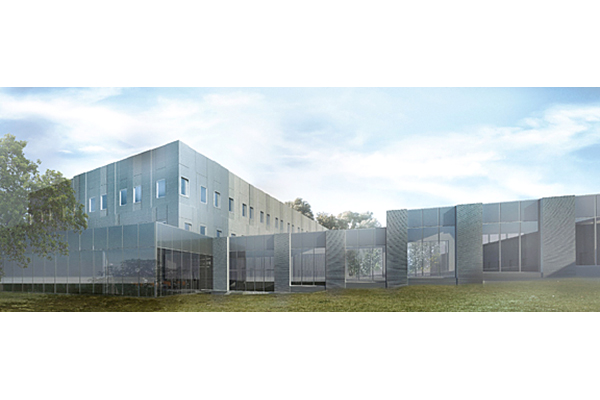The Applied Research Laboratories at J.J. Pickle Research Campus is getting a new $40.4 million office building from a new contract with the United States Navy.
“Several years ago … we concluded we were going to need a new office building because we were going to outgrow our existing facilities,” said Tim Hawkins, Applied Research Laboratories deputy executive director. “Our staff has been growing, our budget has been growing … and we perceive that growth will continue, and we need that new office space.”
UT System Board of Regents approved the new office building for the laboratories during their meeting on Feb. 26. The laboratories are one of the Navy’s university-affiliated research centers, which means it conducts research for the Navy while operating for the public interest. In September 2017, Applied Research Laboratories signed a 10 year, $1.1 billion contract with the Navy, which increased the staff’s size. As a result, offices became overcrowded and some of the older equipment inside the laboratories needed replacement.
“(The laboratories) management has been very successful in expanding the portfolio of research in the Department of Defense,” UT President Gregory Fenves said during the board meeting. “The amount of research we can do at (there) is constrained to the amount of space we have.”
The laboratories, previously called the Defense Research Laboratory, signed its first contract with the Navy in 1949, Applied Research Laboratories executive director Karl Fisher said. After World War II, UT researchers started looking into acoustics and sonar technology. This new contract seeks to continue that research.
“This contract provides research and development in the core competency areas approved by (the Department of Defense) for (the laboratories), which include engineering, research, design development and test and evaluation of acoustics, navigation, command and control and warfare systems,” said Colleen O’Rourke, Naval Sea Systems Command spokeswoman, in an email.
The laboratories conduct “dry research,” which uses computers rather than traditional lab tools such as Bunsen burners and beakers.
“We’re talking basically computer labs,” Fisher said. “There’s lots of confusion that happens when you’re building things out here. The University thinks of chemistry labs, biology labs, things that literally have chemicals and fluids and that require, from a building perspective, different safety protocols and systems. Really, by dry labs, what we’re talking about is a room that’s going to have computing equipment in it.”
Both Fisher and Jim Shackelford, UT capital and planning and construction director, said the $40.4 million is on the cheaper end of UT building construction project price points. This is because the office building is on the Pickle campus, which is less congested than UT’s main campus and will be made with materials cheaper than the average UT laboratory, Shackelford said.
“We have a very cost-effective design, and it’s an office space which is less expensive than research lab space, typically,” Shackelford said. “It doesn’t have the typical requirements that a wet lab building would have on the main campus … We’re highly confident that we’ll deliver a project on time and under budget.”
Construction will break ground in May and is expected to be completed in 2021, Shackelford said.
“We’re hoping that we’ll able to continue our legacy of really excellent research in support of the Navy and the U.S. government,” Fisher said. “We’ll be able to fulfill the requirements for our contract and continue to be an integral part of
the University.”



















